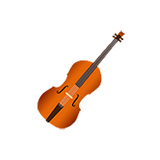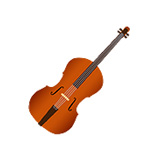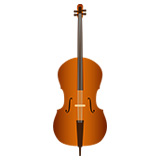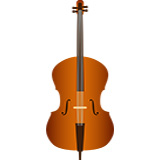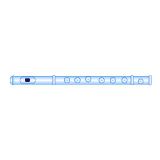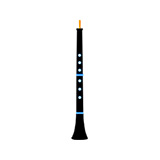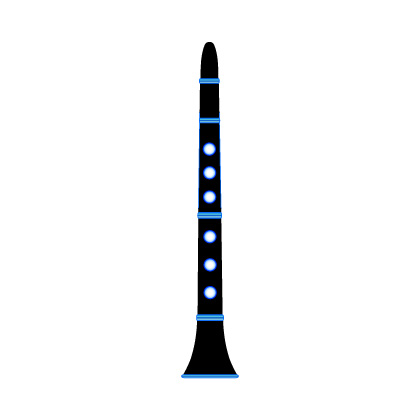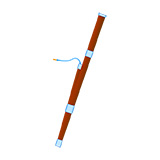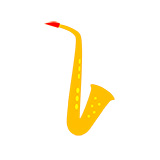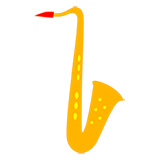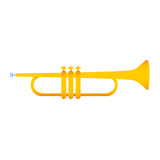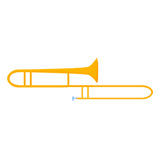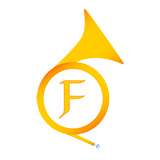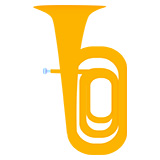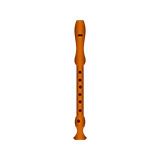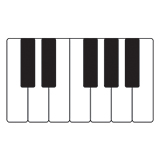
Home - Time Focus Music Method
Time Lines Music Method for Better Rhythm and Reading Skills
Quick Links:
• An introduction to rhythm and melody
• Time Lines Table of Contents
• Practice suggestions
• Time Lines Color Blocks
• Get the Time Lines book
Welcome to Time Lines, a fun and easy music method that will help you improve your rhythm, sight-reading, and fundamental skills. With regular practice of this stepwise material, you will also expand your musical awareness. If you are ready to start practicing, jump to the Time Lines table of contents, or go straight to Unit 1 - How to Play Quarter Notes and Quarter Rests in 2/4 and 3/4 Time Signatures. You can also read the descriptions below for an explanation of all the features of Time Lines, and learn about all of the basic terminology related to rhythm and melody.
Time Lines helps students improve their rhythm by sticking to a simple process: accurate repetition of simple concepts and skills that are fun to practice. The method is divided into units that focus on one aspect of rhythm at a time, allowing you to concentrate and develop good practice habits. Each unit is broken down into rhythm exercises, rhythm patterns, melodic phrases, and Time Games. You can also test your rhythm recognition with the rhythm dictation quizzes.
Buy Time Lines Book 1 for your instrument.
Rhythm Exercises
The Time Lines Rhythm Exercises feature short groups of notes and rests. They consist of common musical figures that can be practiced and repeated to improve rhythm and sight-reading skills. By focusing on a few notes at a time, the student can learn to count the rhythms properly, thereby internalizing the accurate sound and feel of basic rhythmic figures. Each of the rhythm exercises includes the beat numbers, allowing students to see and count where each note occurs in the measure.

Rhythm Patterns
The Time Lines Rhythm Patterns combine figures from the rhythm exercises, giving you longer examples to practice. Each unit features many patterns that can be played individually or played together by multiple musicians.

Melodic Phrases
The Time Lines Melodic Phrases add pitches to the Rhythm Patterns, thus creating short melodies. Both of these sections align within each unit, so that the patterns and phrases match each other. For example, the rhythm of pattern P602 matches the rhythm of melodic phrase M602, as shown in these examples. Also, the melodies in a unit follow the same harmonic structure, so they can be played together as duets, trios, quartets, or any other combination of parts. You can access the recordings of the Melodic Phrases for concert band instruments. The melodies for piano and for recorder will be coming soon. The example below shows the melody from the clarinet book. Each instrument’s melodic phrases are written in a suitable key and range, so that all band instruments can perform them together.

Time Lines Color Blocks
Audio and video examples of all of the exercises, patterns, and melodic phrases will be available as play-along recordings that help students make sure that their performance is accurate. Each of those online examples is accompanied by the Time Lines Color Blocks which help explain how to play notes the correct length. I will continue to add audio examples and videos as quickly as I can.
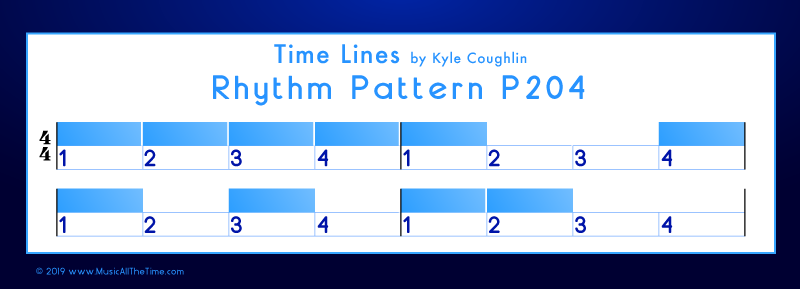
Time Games
The Time Games are short ensemble pieces that can be played by two musicians or a group of any size. While they are simple melodically, they can be quite challenging and fun rhythmically. At this point, there are no online videos of the Time Games.

Get the Time Lines book, or receive a free PDF of Unit 1 of Time Lines when you sign up for occasional newsletters (I will not sell or give away your email to anyone else, and you can unsubscribe at any time). You will be sent a link to a page with free downloads for Time Lines Unit 1 for each instrument, as well as the other free materials that I offer).
Table of Contents for the Time Lines Music Method
Follow the links below to visit the specific pages for each unit. From each of those pages, you can jump to the videos for each rhythm exercise, rhythm pattern, and melodic phrase, or select an instrument link below to see samples of the melodies in the book.
Unit 1: How to Play Quarter Notes and Quarter Rests in 2/4 and 3/4 Time Signatures
Unit 2: How to Play Quarter Notes and Quarter Rests in 4/4 Time Signature
Unit 3: How to Play Half Notes and Half Rests
Unit 4: How to Play Dotted Half Notes, Whole Notes, and Whole Rests
Unit 5: How to Play Eighth Notes
Unit 6: How to Play Dotted Quarter Notes
Unit 7: How to Play Pickup Notes
Unit 8: How to Play Ties Over Measure Lines
Time Lines for Concert Band Instruments:
Time Lines for Flute
Time Lines for Clarinet
Time Lines for Alto Saxophone
Time Lines for Tenor Saxophone
Time Lines for Oboe
Time Lines for Bassoon
Time Lines for Trumpet
Time Lines for Trombone
Time Lines for French Horn
Time Lines for Tuba
Time Lines for Percussion



